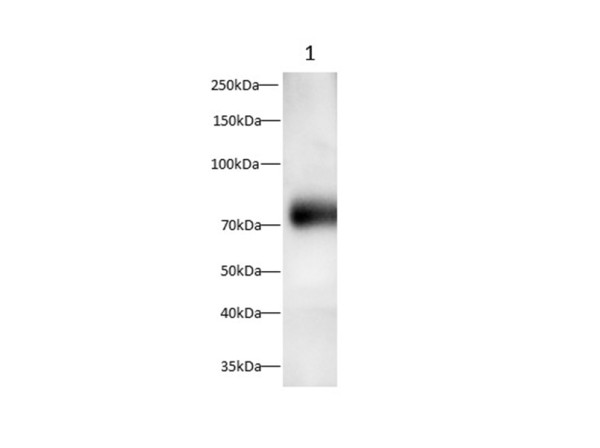Cookie preferences
This website uses cookies, which are necessary for the technical operation of the website and are always set. Other cookies, which increase the comfort when using this website, are used for direct advertising or to facilitate interaction with other websites and social networks, are only set with your consent.
Configuration
Technically required
These cookies are necessary for the basic functions of the shop.
"Allow all cookies" cookie
"Decline all cookies" cookie
CSRF token
Cookie preferences
Currency change
Customer-specific caching
FACT-Finder tracking
Individual prices
Selected shop
Session
Comfort functions
These cookies are used to make the shopping experience even more appealing, for example for the recognition of the visitor.
Note
Show the facebook fanpage in the right blod sidebar
Statistics & Tracking
Affiliate program
Conversion and usertracking via Google Tag Manager
Track device being used

| Item number | Size | Datasheet | Manual | SDS | Delivery time | Quantity | Price |
|---|---|---|---|---|---|---|---|
| E-AN007200L.25 | 25 µl | - |
7 - 16 business days* |
109.00€
|
|||
| E-AN007200L.100 | 100 µl | - |
7 - 16 business days* |
316.00€
|
If you have any questions, please use our Contact Form.
You can also order by e-mail: info@biomol.com
Larger quantity required? Request bulk
You can also order by e-mail: info@biomol.com
Larger quantity required? Request bulk
Epidermal growth factor (EGF) is the founding member of the EGF family that also includes... more
Product information "Anti-EGF"
Epidermal growth factor (EGF) is the founding member of the EGF family that also includes TGF-alpha, amphiregulin (AR), betacellulin (BTC), epiregulin (EPR), heparin-binding EGF-like growth factor (HB-EGF), epigen, and the neuregulins (NRG)-1 through -6. Members of the EGF family share a structural motif, the EGF-like domain, which is characterized by three intramolecular disulfide bonds that are formed by six similarly spaced conserved cysteine residues. All EGF family members are synthesized as type I transmembrane precursor proteins that may contain several EGF domains in the extracellular region. The mature proteins are released from the cell surface by regulated proteolysis. The 1207 amino acid (aa) human EGF precursor contains nine EGF domains and nine LDLR class B repeats. The mature protein consists of 53 aa and is generated by proteolytic excision of the EGF domain proximal to the transmembrane region. Mature human EGF shares 70% aa sequence identity with mature mouse and rat EGF. EGF is present in various body fluids, including blood, milk, urine, saliva, seminal fluid, pancreatic juice, cerebrospinal fluid, and amniotic fluid. Four ErbB (HER) family receptor tyrosine kinases including EGFR/ErbB1, ErbB2, ErbB3 and ErbB4, mediate responses to EGF family members. These receptors undergo a complex pattern of ligand induced homo- or hetero-dimerization to transduce EGF family signals . EGF binds ErbB1 and depending on the context, induces the formation of homodimers or heterodimers containing ErbB2. Dimerization results in autophosphorylation of the receptor at specific tyrosine residues to create docking sites for a variety of signaling molecules. Biological activities ascribed to EGF include epithelial development, angiogenesis, inhibition of gastric acid secretion, fibroblast proliferation, and colony formation of epidermal cells in culture. Protein function: EGF stimulates the growth of various epidermal and epithelial tissues in vivo and in vitro and of some fibroblasts in cell culture. Magnesiotropic hormone that stimulates magnesium reabsorption in the renal distal convoluted tubule via engagement of EGFR and activation of the magnesium channel TRPM6. Can induce neurite outgrowth in motoneurons of the pond snail Lymnaea stagnalis in vitro (PubMed:10964941). [The UniProt Consortium]
| Keywords: | Anti-EGF, EGF Polyclonal Antibody |
| Supplier: | Elabscience |
| Supplier-Nr: | E-AN007200L |
Properties
| Application: | WB |
| Antibody Type: | Polyclonal |
| Conjugate: | No |
| Host: | Rabbit |
| Species reactivity: | rat |
| Immunogen: | Recombinant Human EGF protein expressed by Mammalian |
Database Information
| KEGG ID : | K04357 | Matching products |
| UniProt ID : | P01133 | Matching products |
| Gene ID : | GeneID 1950 | Matching products |
Handling & Safety
| Storage: | -20°C |
| Shipping: | -20°C (International: -20°C) |
Caution
Our products are for laboratory research use only: Not for administration to humans!
Our products are for laboratory research use only: Not for administration to humans!
Information about the product reference will follow.
more
You will get a certificate here
Viewed

